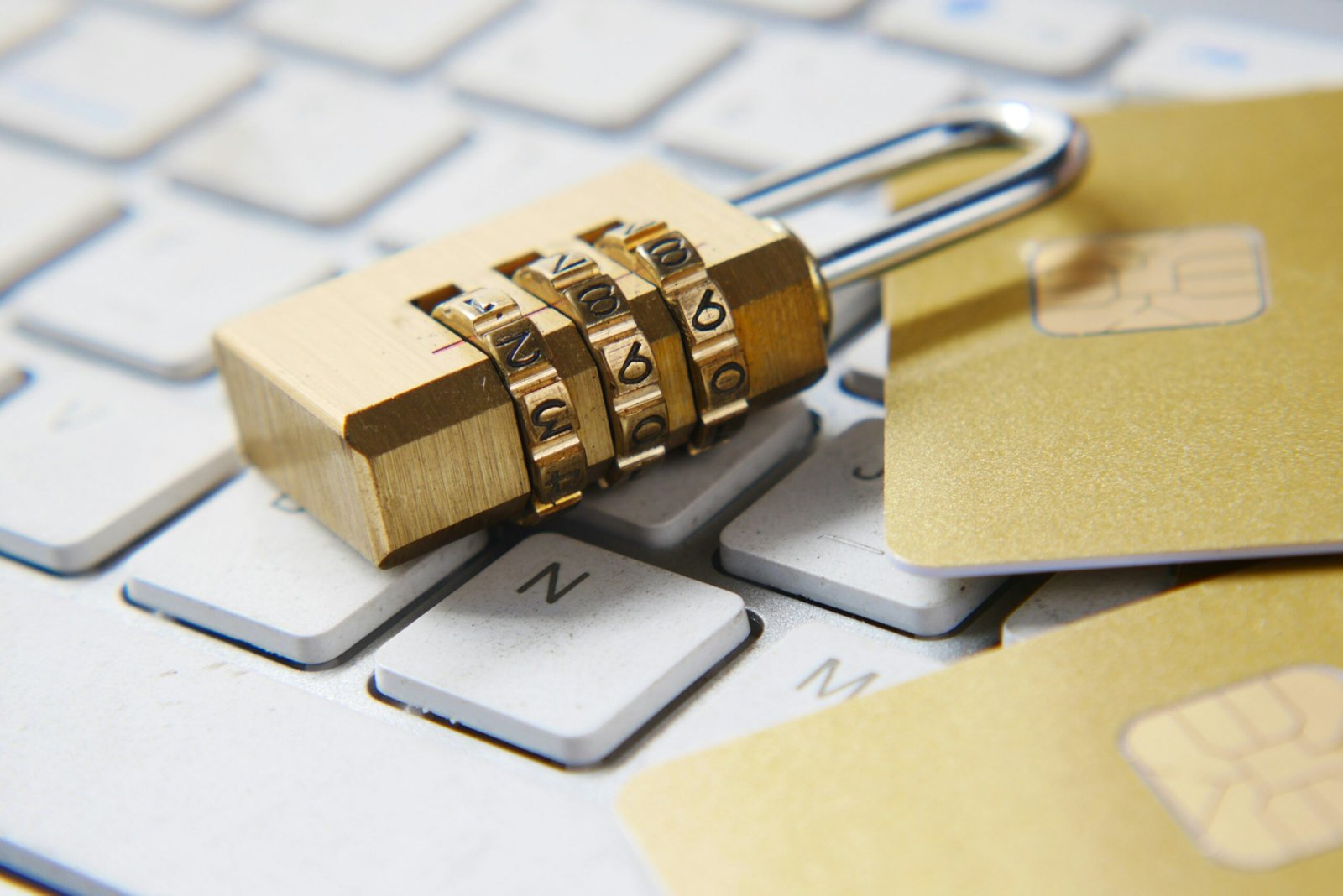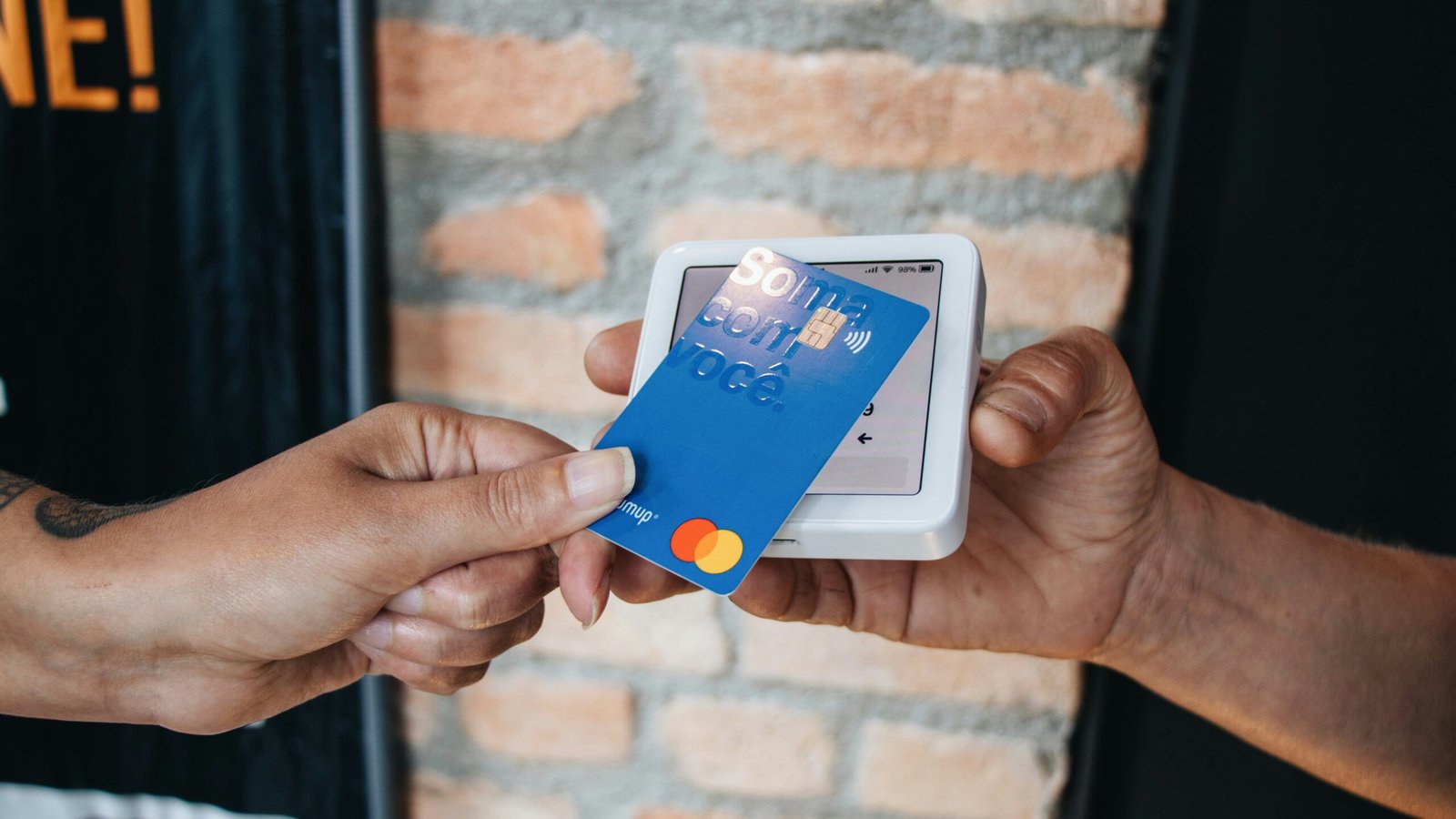Introduction
The internet has completely transformed the way people interact with brands, explore products, and enjoy seamless convenience. Shopping online has become a daily routine for millions in the United States, offering everything from groceries and clothing to electronics and home goods. While this convenience is remarkable, it comes with one undeniable challenge: protecting personal data while shopping online. Every click, login, and checkout involves sensitive information—names, addresses, emails, credit card details, and even browsing patterns. This personal data, if not properly safeguarded, can fall into the wrong hands, exposing individuals to risks such as identity theft, scams, and financial fraud. For anyone who shops online regularly, developing awareness and safe practices is no longer optional; it is essential. This article dives deep into why personal data is at risk, the most common threats, and effective strategies that online shoppers can use to protect themselves.
Why Protecting Personal Data Matters
Personal data is more than just random pieces of information. When combined, these details create a digital identity that can be used to access financial accounts, open fraudulent credit lines, or impersonate someone online.

Some examples of personal data often shared during online shopping include:
-
Full name and home address
-
Phone number and email address
-
Bank account or credit card information
-
Login credentials (username and password)
-
Location data and browsing history
Cybercriminals actively seek this information because it has monetary value. For instance, stolen credit card details may be sold on the dark web, while hacked accounts can be exploited for phishing attacks. Protecting data ensures both financial security and peace of mind.
The Biggest Threats to Online Shoppers
To understand how to protect personal data, it’s important to recognize the risks associated with online shopping. Some of the most common threats include:
1. Phishing Scams
Phishing involves fraudulent emails, messages, or websites that appear legitimate but are designed to trick people into sharing sensitive details. A link might redirect to a fake site that looks identical to a trusted retailer’s page.
2. Unsecured Websites
Not all websites use secure encryption. Shoppers who enter personal details on websites without HTTPS risk having their information intercepted by hackers.
3. Weak Passwords
Using the same password across multiple platforms makes it easier for cybercriminals to gain access if even one account is compromised.
4. Public Wi-Fi Dangers
Shopping through public Wi-Fi networks exposes personal data to interception, especially if the network is unsecured.
5. Malware and Spyware
Devices infected with malicious software may record keystrokes, capture passwords, or monitor browsing activity without the user’s knowledge.
6. Fake Apps and Online Stores

Fraudulent e-commerce platforms or counterfeit mobile apps mimic legitimate businesses to collect payment information.
Recognizing these threats is the first step to adopting effective safeguards.
Best Practices for Protecting Personal Data Online
While online threats may sound intimidating, there are proven strategies that can help safeguard information. Below are key practices every online shopper should follow.
1. Verify Website Security
Before entering any details on a website, check that the URL begins with https:// and displays a padlock icon. These indicators mean the site uses SSL encryption to secure communications. Avoid entering information on sites with only “http://” or no padlock.
2. Use Strong, Unique Passwords
A strong password combines uppercase and lowercase letters, numbers, and symbols. Avoid using predictable information like birthdays or names. Just as importantly, do not reuse the same password for multiple accounts. A password manager can help store and generate unique credentials safely.
3. Enable Two-Factor Authentication (2FA)
Whenever possible, activate 2FA for accounts. This adds an extra layer of security by requiring not just a password but also a verification code sent to a phone or email.
4. Avoid Public Wi-Fi for Transactions
Public Wi-Fi is convenient but not safe for financial activities. If accessing a shopping platform while away from home, use a secure cellular connection or a Virtual Private Network (VPN) for added protection.
5. Keep Devices and Software Updated
Hackers often exploit outdated software vulnerabilities. Regularly update operating systems, browsers, and security software to ensure devices are protected against the latest threats.
6. Use Secure Payment Methods
When shopping online, prefer secure payment gateways or digital wallets instead of entering card details directly on unfamiliar websites. These services add a protective barrier between the user and the retailer.
7. Be Wary of Suspicious Emails or Ads
Avoid clicking on links in unsolicited emails or social media ads that seem too good to be true. Always navigate directly to the retailer’s official website.
8. Monitor Bank and Credit Card Statements

Frequent monitoring of financial accounts helps detect unusual charges early. Quick reporting of fraudulent activity reduces potential damage.
9. Install and Maintain Antivirus Software
Reliable antivirus and anti-malware programs provide real-time monitoring and protection against suspicious downloads, attachments, or websites.
10. Understand Privacy Policies
Before sharing details, review the retailer’s privacy policy to learn how data will be stored, shared, and protected. Legitimate businesses are transparent about these practices.
The Role of E-Commerce Platforms in Data Protection
While individual responsibility is crucial, e-commerce businesses in the United States also play a major role in securing customer data. Reputable platforms invest heavily in cybersecurity measures such as:
-
Data Encryption: Protecting information as it travels between users and servers.
-
Secure Servers: Hosting data in facilities with advanced firewalls and intrusion detection systems.
-
Regular Security Audits: Ensuring systems comply with industry standards like PCI DSS (Payment Card Industry Data Security Standard).

-
Fraud Detection Tools: Monitoring suspicious transactions and preventing unauthorized activities.
-
Customer Education: Providing resources on safe online shopping practices.
When businesses take accountability, they build trust with customers and reduce the risk of breaches.
How Consumers Can Identify a Trustworthy Online Store
Not every e-commerce site is reliable. To stay safe, shoppers should evaluate websites before sharing information. Some signs of a trustworthy platform include:
-
A professional design and clear contact details.
-
Positive reviews and a strong online reputation.
-
Secure checkout pages with recognizable payment options.
-
Transparency in return, refund, and shipping policies.
-
Customer support that is responsive and easy to reach.
If any of these elements are missing or suspicious, it may be wise to reconsider entering sensitive data.
Legal Protections for Online Shoppers in the U.S.
The United States has various consumer protection laws and regulations to safeguard online shoppers. While not as centralized as Europe’s GDPR, these frameworks are still effective. Examples include:
-
Federal Trade Commission (FTC) Regulations: Enforce rules against unfair or deceptive practices.
-
Children’s Online Privacy Protection Act (COPPA): Protects data of minors under 13.
-
State-Level Laws: For instance, the California Consumer Privacy Act (CCPA) grants residents more control over their personal information.
Awareness of these rights empowers shoppers to hold businesses accountable and take action if data misuse occurs.
The Future of Online Data Protection
Technology continues to evolve, and so do cyber threats. The future of online shopping will likely feature more advanced security measures, including:

-
Biometric Authentication: Using fingerprints or facial recognition instead of passwords.
-
AI-Powered Fraud Detection: Real-time systems that identify unusual activity instantly.
-
Blockchain Payments: Offering secure, transparent, and tamper-proof transactions.
-
Zero-Trust Security Models: Reducing reliance on traditional perimeter defenses by verifying every user and device.
As innovations expand, both consumers and businesses must adapt their security practices.
Everyday Habits That Strengthen Online Safety
Protecting personal data is not just about technology; it’s also about habits. Here are a few daily actions to integrate into routines:
-
Log out of accounts after completing a session, especially on shared devices.
-
Clear browsing history and cookies regularly.
-
Use different emails for different purposes (e.g., one for shopping, another for personal communication).
-
Limit the amount of personal data shared unnecessarily.
-
Be cautious about storing credit card details on websites.
These habits reduce exposure and strengthen overall security.
Conclusion
Online shopping offers unparalleled convenience, but with that comes responsibility. Protecting personal data while shopping online is critical to avoiding scams, fraud, and identity theft. By recognizing threats, practicing safe habits, and choosing trustworthy platforms, shoppers can enjoy the benefits of digital commerce without compromising their security. In today’s interconnected world, data protection is not simply a technical issue—it’s a lifestyle choice. Every login, every checkout, and every click is an opportunity to make a safer decision. By staying informed and cautious, individuals safeguard not just their wallets but also their digital identities.